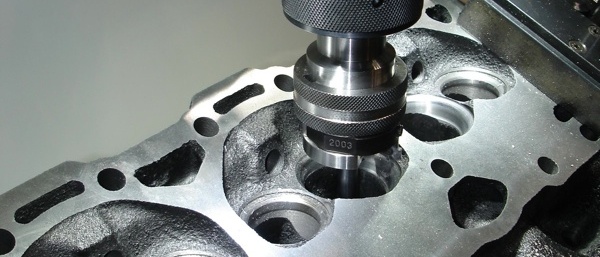Parts Coatings
Whether it’s more horsepower, better throttle response, or better durability, everybody is looking for an edge when it comes to building a performance engine. Any of these can win races. So what kinds of tricks are winning engine builders using to get an edge over their competitors? Many are using highly specialized coatings.
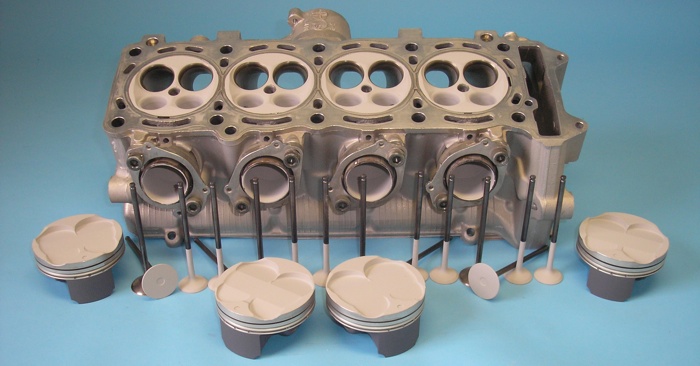
What Does Ethanol Mean To Your Shop?
Although ethanol alcohol is mostly made from corn, it seems to be a real hot potato! Almost all pump gasoline today contains 10 percent ethanol (E10) because the Renewable Fuels Standard Act requires it. The reasons why are partially practical, partially political and partially economic.
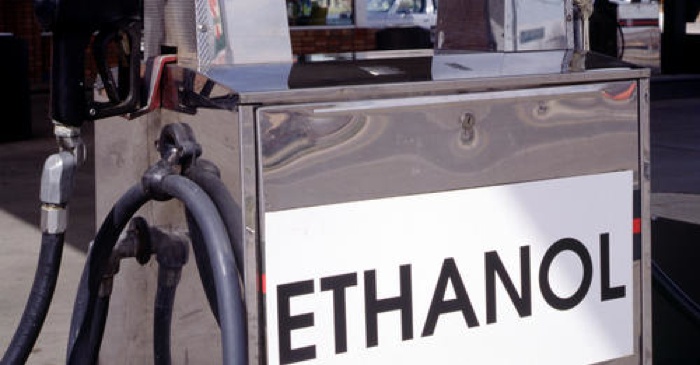
Engine Block and Head Repair
A cracked cylinder head or engine block may or may not be bad news depending on the size and location of the crack(s), the value of the casting and what it will take to fix the crack(s) versus what it would cost you to replace the casting. Read what your options are in this Larry Carley feature.

Piston and Sleeve Finishing and Break-In Tips
When finishing diesel cylinder bores or sleeves, a two or three step process that results in a plateau finish is usually best to reduce ring break-in and seating time. The type of honing stones, feed and pressure used to finish the cylinders will vary depending on what kind of finish you want to achieve.
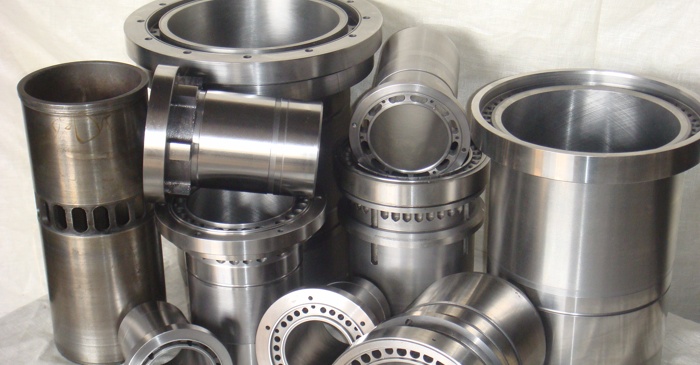
The Challenges and Opportunities of Variable Valve Timing
Variable Valve Timing (VVT) has been incorporated into many late model import and domestic engines, including single overhead cam (SOHC), dual overhead cam (DOHC) and even pushrod V8s such as GM’s GEN IV 5.3L and 6.0L engines. It is a technology that offers performance, emissions and fuel economy advantages for everyday driving, but it also creates some challenges for engine builders.
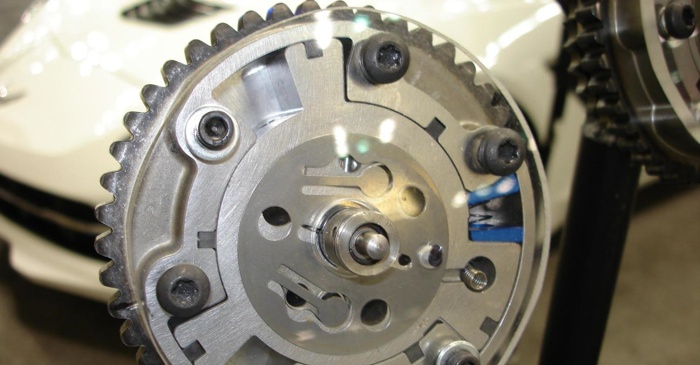
New Engines Force New Pistons
As engines get smaller, motorists expect the same performance as a larger V6 or V8 but with the fuel economy of a four cylinder. Turbocharging makes little engines breathe big, but it also increases the load and temperature the pistons have to endure. This, in turn, requires pistons made of alloys that can withstand higher temperatures and combustion pressures. Yesterday’s castings won’t cut it for these kinds of applications.
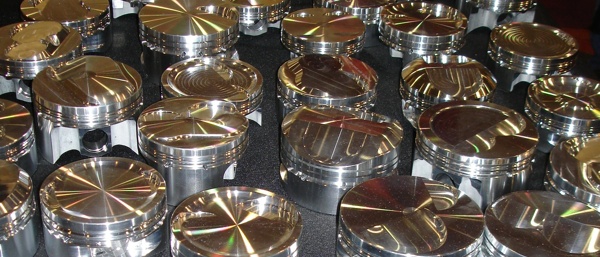
Choosing the Right Camshaft for a Performance Engine
A camshaft is nothing more than a cast iron or steel shaft with a series of lobes strategically placed along its length. Each lobe opens and closes a valve by moving a lifter, pushrod and rocker arm, or in the case of an overhead cam engine by moving a cam follower or direct valve action. However, choosing the right camshaft is not only the cornerstone of building a performance engine, but also its centerpiece.
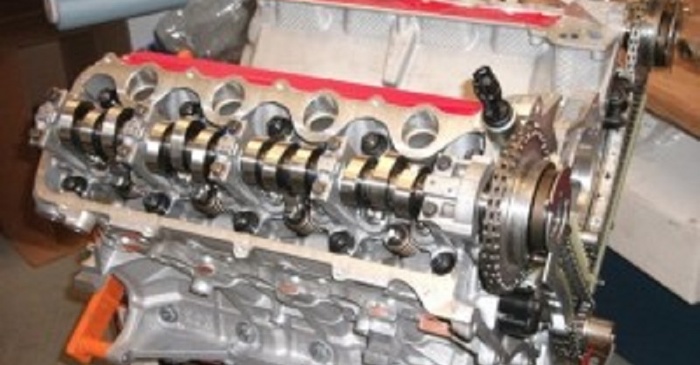
Picking a Racing Oil
How do racing oils differ from everyday motor oils? You might think all racing oils are synthetics, but they are not. Some use conventional mineral base oils, others use PAO and ester synthetics, and some are a blend of conventional and synthetic oils. It doesn’t really matter which way a racing oil is created as long as it meets the criteria for which it was designed.
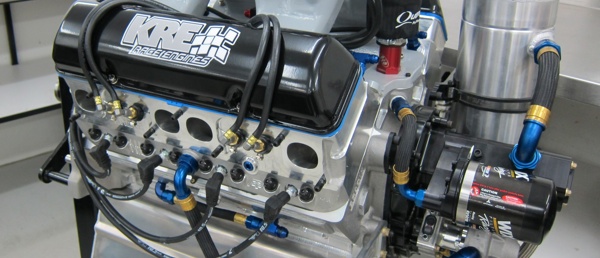
Consider a Dyno/Flow Bench for Your Shop
Any engine builder that is doing performance work or high volume engine building can benefit from owning an engine dynamometer. A dyno is not just a tool for plotting horsepower and torque curves. It’s also a tuning tool for plotting and adjusting fuel mixture and ignition calibration, a quality control tool to assure proper engine break-in, valvetrain adjustments and to verify compression, ring seating and gasket sealing. It can also be used as a performance and/or durability research tool.
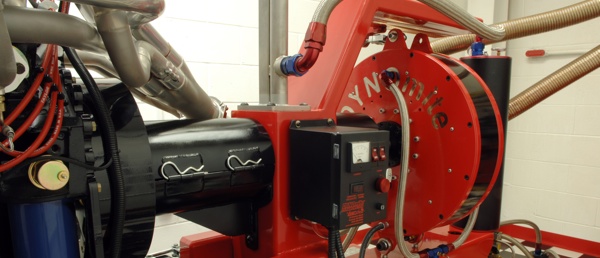
Selecting Pushrods, Rockers and Springs for Your Build
Everybody knows you need the right combination of valvetrain components to maximize an engine’s power potential. The trick is figuring out which components are the “right” ones for a given application. A high revving engine with an aggressive cam needs lightweight rocker arms and stiffer valve springs to keep up with the cam.
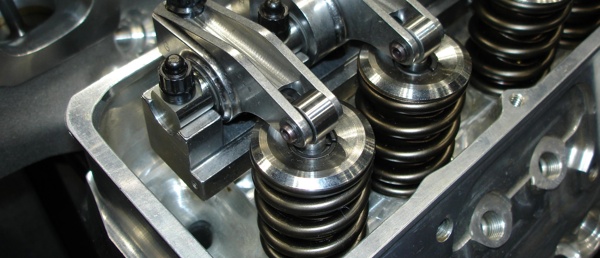
Performance Oiling Systems
The basic purpose of an oiling system is to provide lubrication for the engine. It doesn’t matter if the system is a wet sump with an internal oil pump mounted in the crankcase or front cover, or a dry sump system with an external multi-stage pump. The engine doesn’t know the difference as far as where the oil comes from – as long as the flow keeps coming at all RPMs and under all operating conditions.

Upgrading Valve and Seat Equipment
If high quality head work is a cornerstone of your business, you should review your current situation to see if an equipment upgrade could improve not only the quality but also the quantity of your work.
